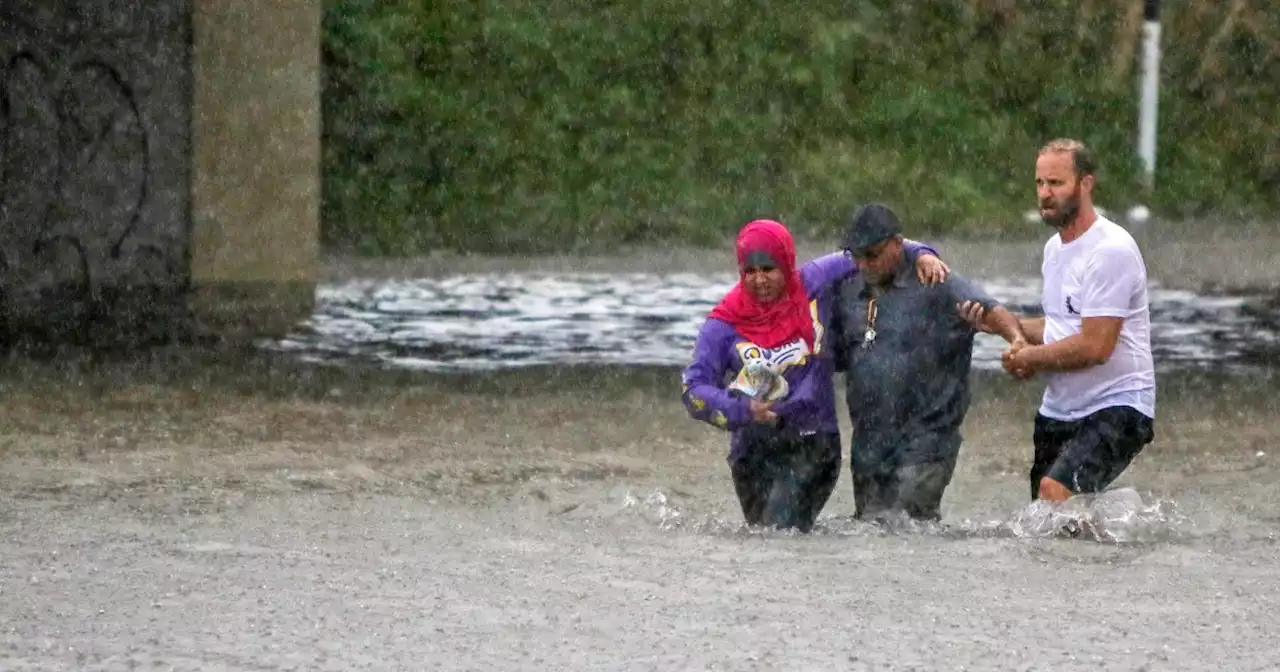Five U.S. communities have recently experienced extreme rainfall so intense that it was expected just once in 1,000 years.
. Each of these storms has been described as a 1-in-1,000-year event, meaning that each year, there is a .1% chance it could happen, based on historical data.
Rainfall totals throughout the metropolitan area were uneven, according to Jennifer Dunn, a Fort-Worth based meteorologist with the weather service. Each region of the U.S. has its own recipe for heavy rain, Prein said. Along the West Coast, atmospheric river storms, which draw moisture from the tropical Pacific, provide deluges. In the Midwest, mesoscale convective systems are responsible for the most intense rains.
In the right conditions, “you can wring more moisture out of the atmosphere” today than in the past, he said. That’s a trend that will continue to amplify as the world grows warmer, a result of humanity’s reliance on oil and gas.“The storms themselves are changing as well. We have a few studies showing the storms that increase heavy rainfall are increasing in size,” Prein said.
These trends have made a mess of the probabilities meteorologists, engineers and average people use to contextualize the likelihood of flooding or exceptional rainfall. As the climate warms, risks shift.
